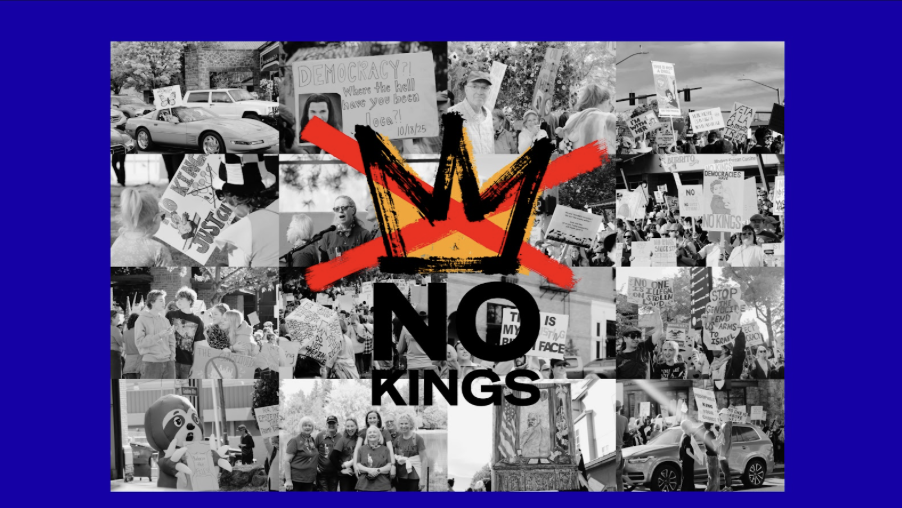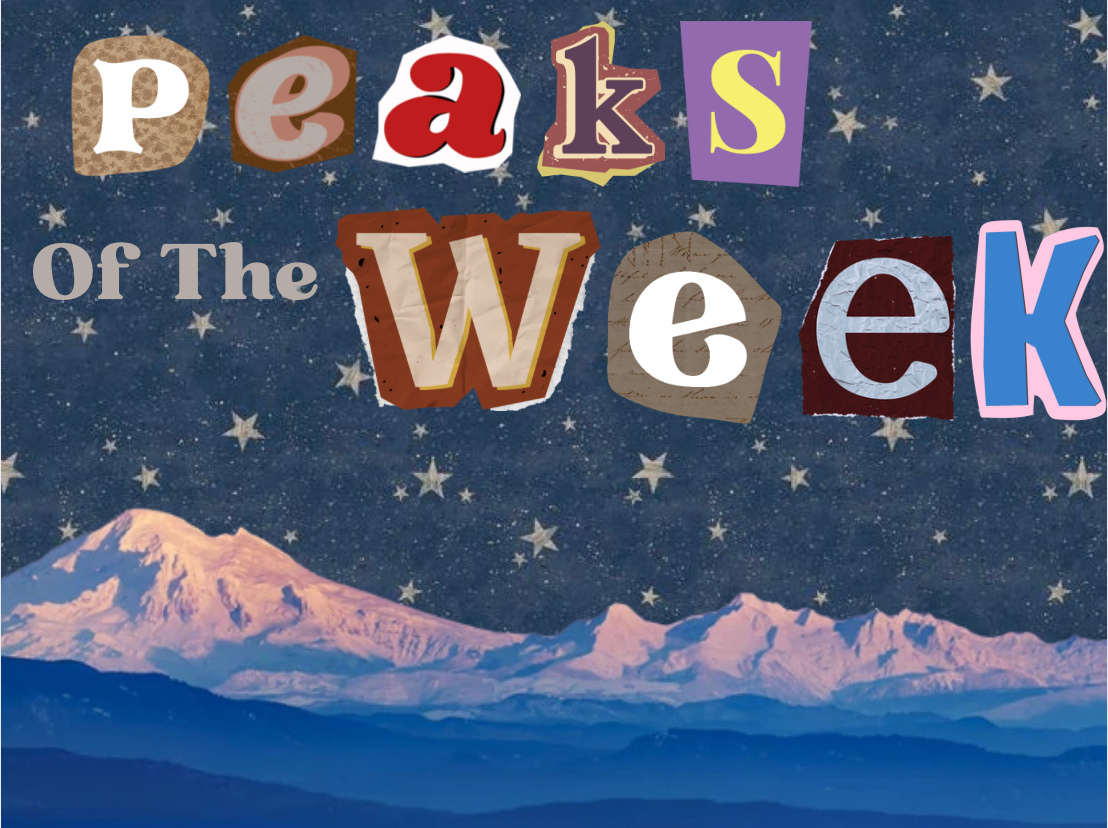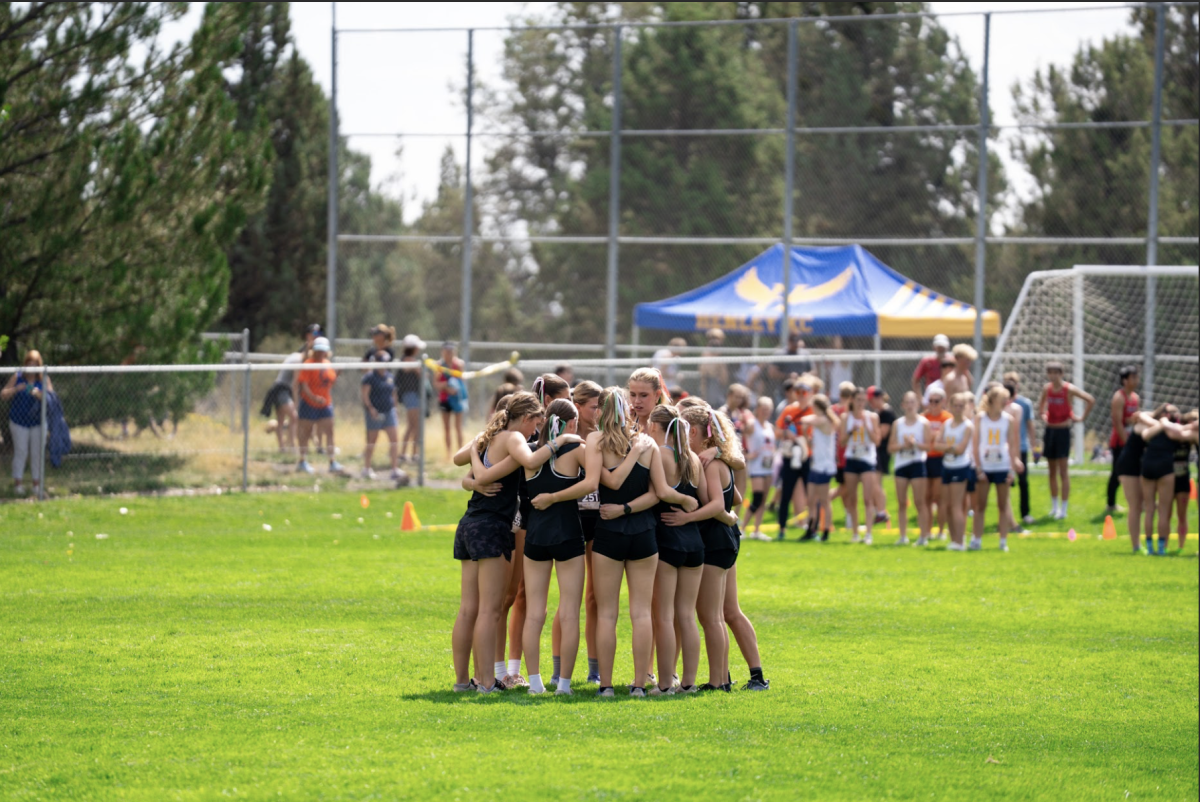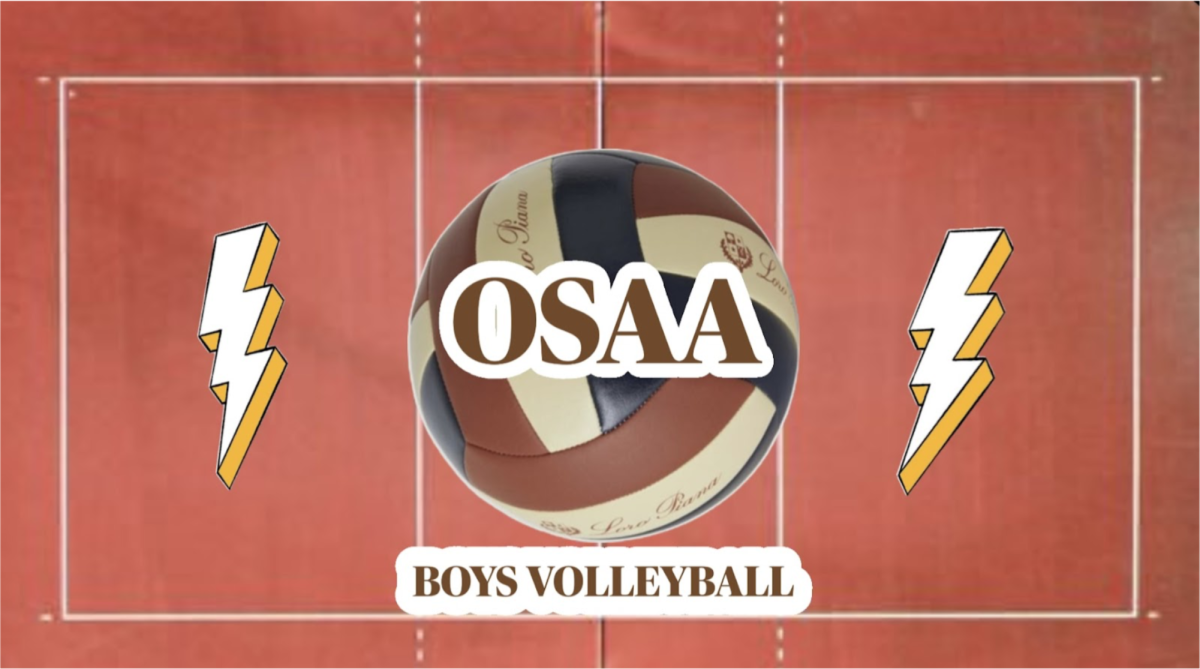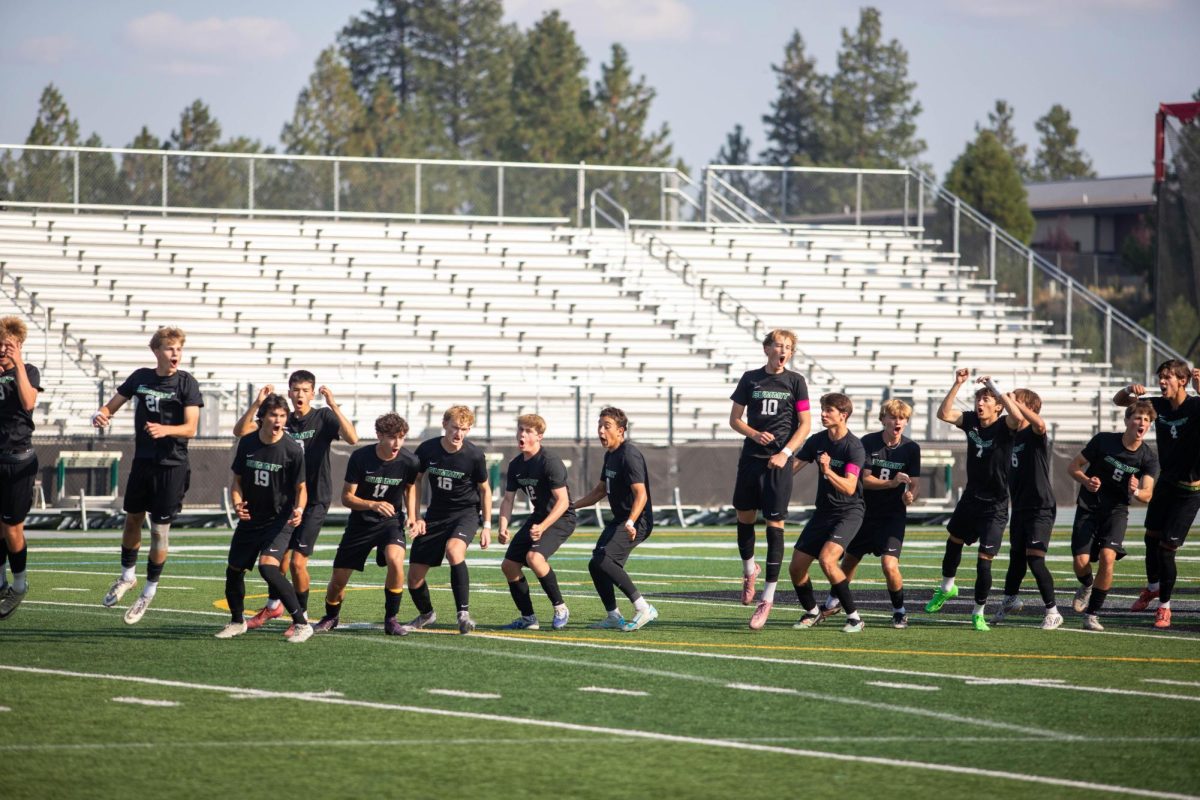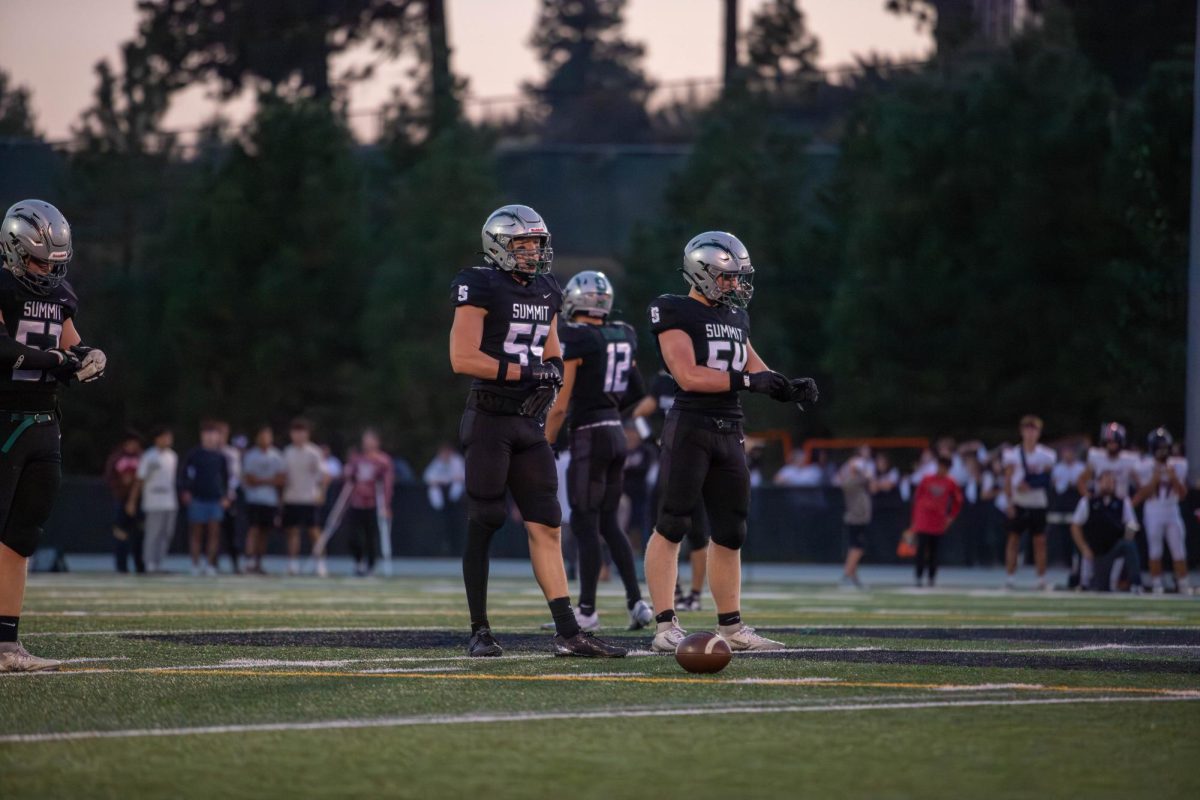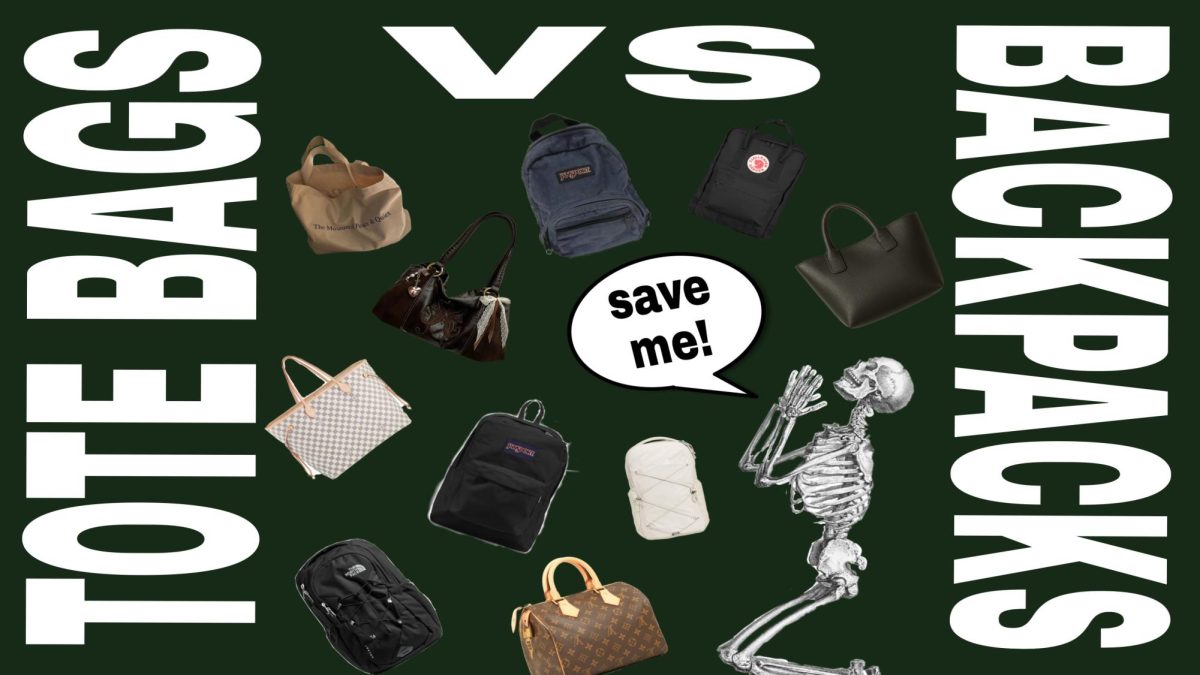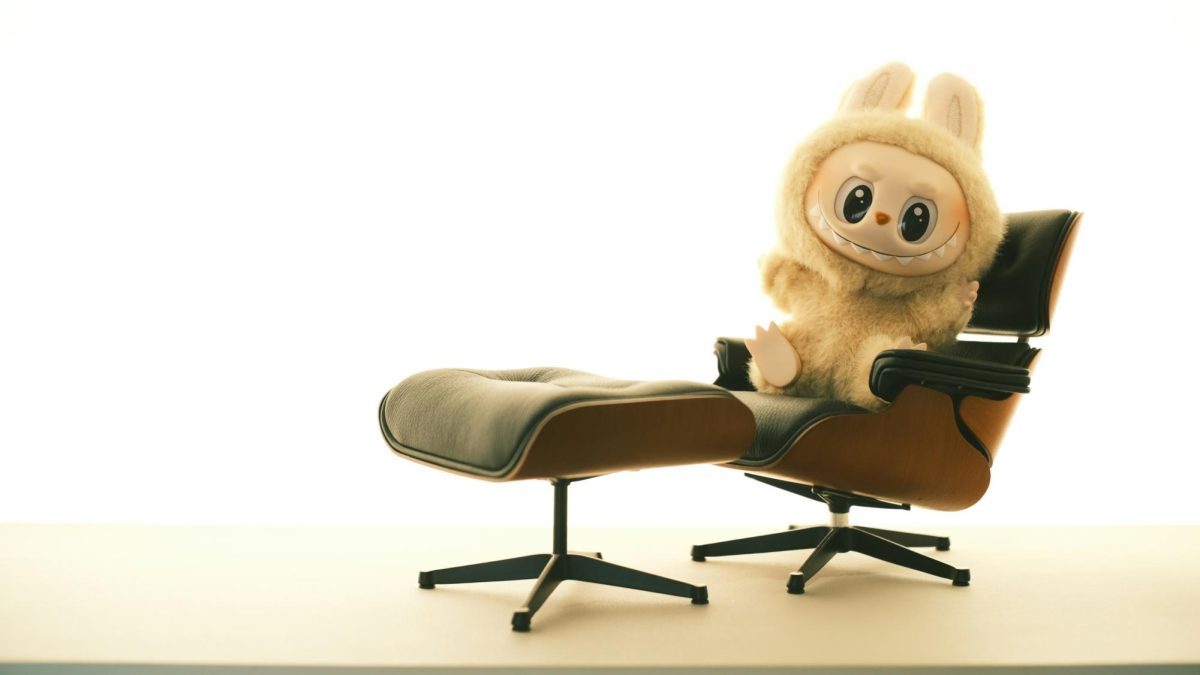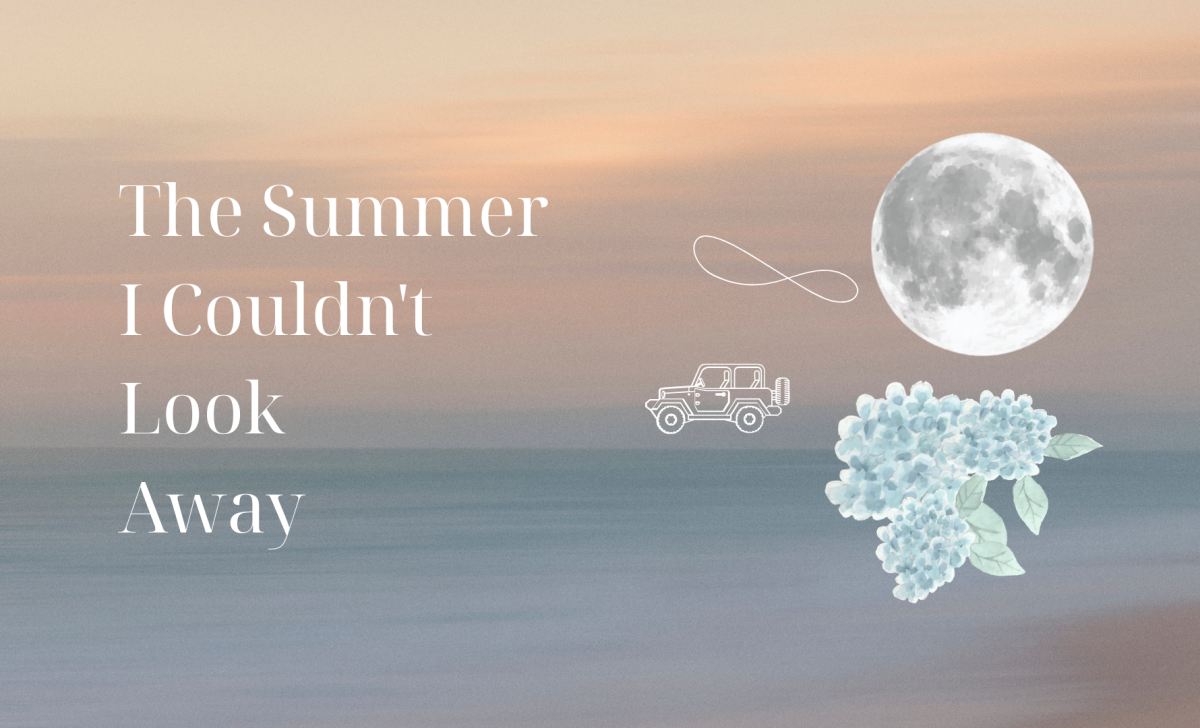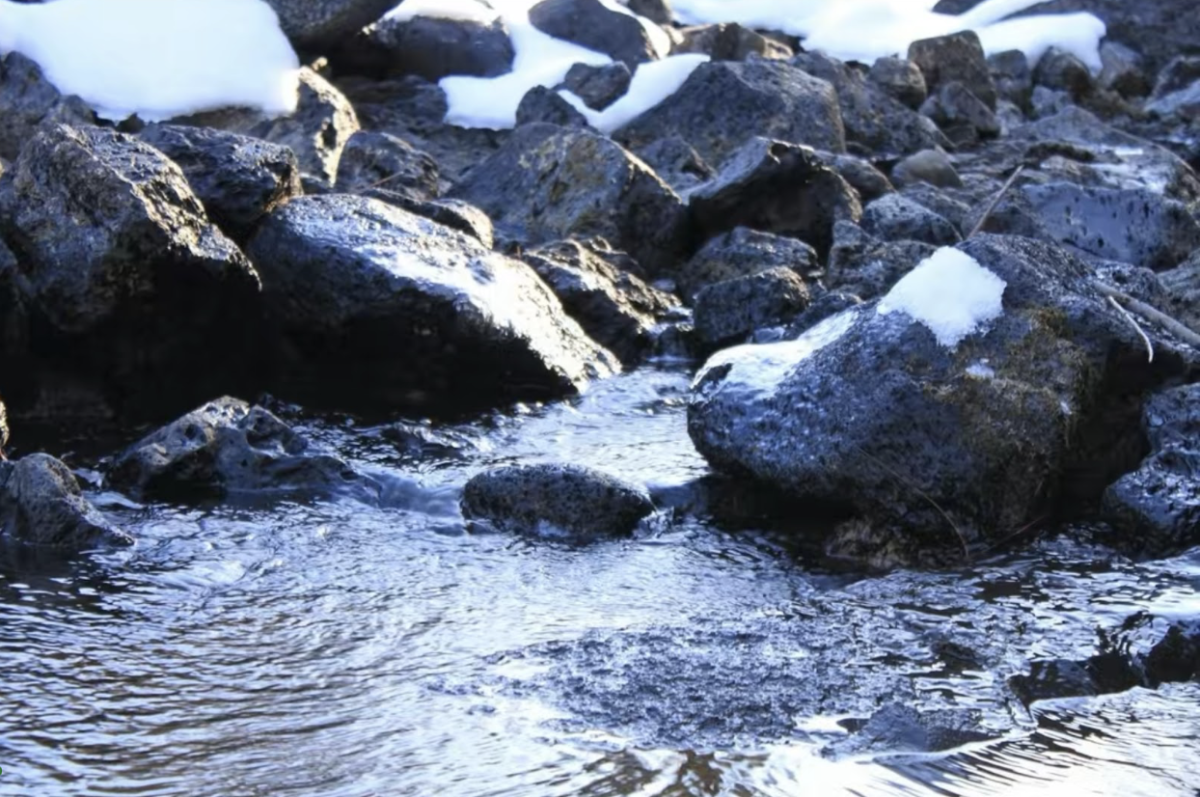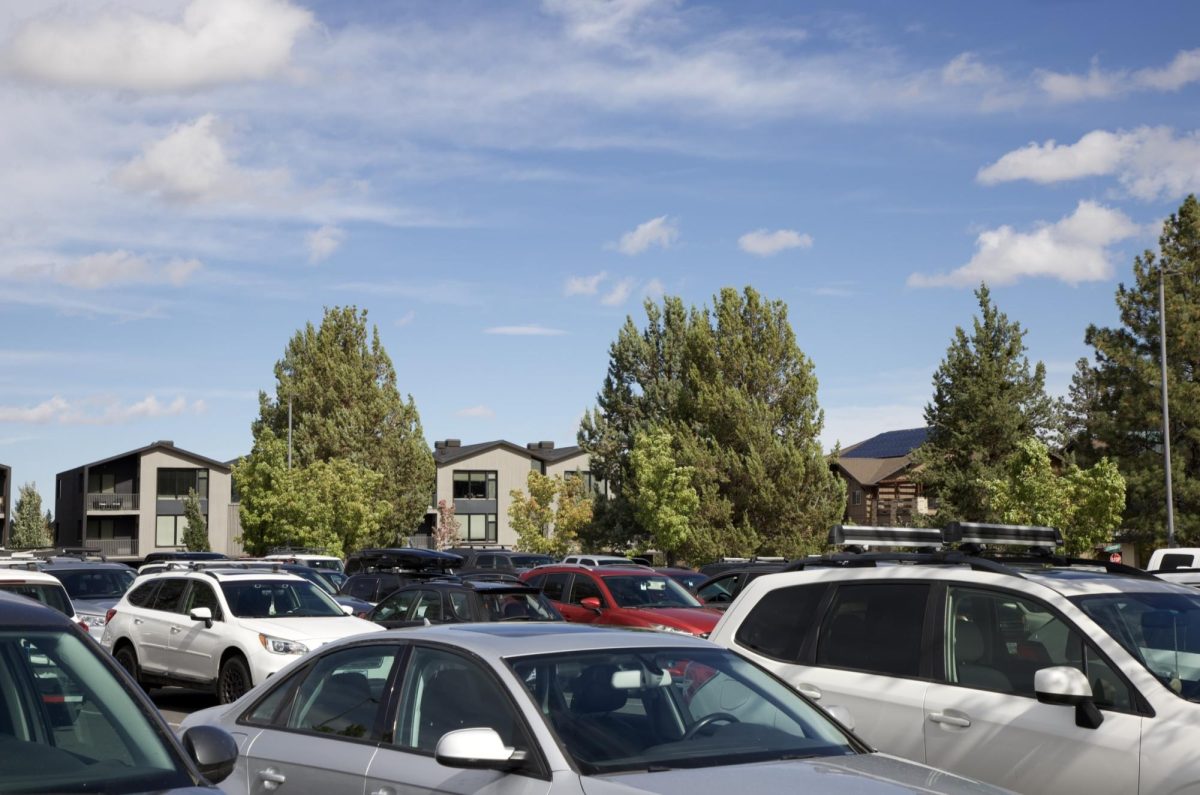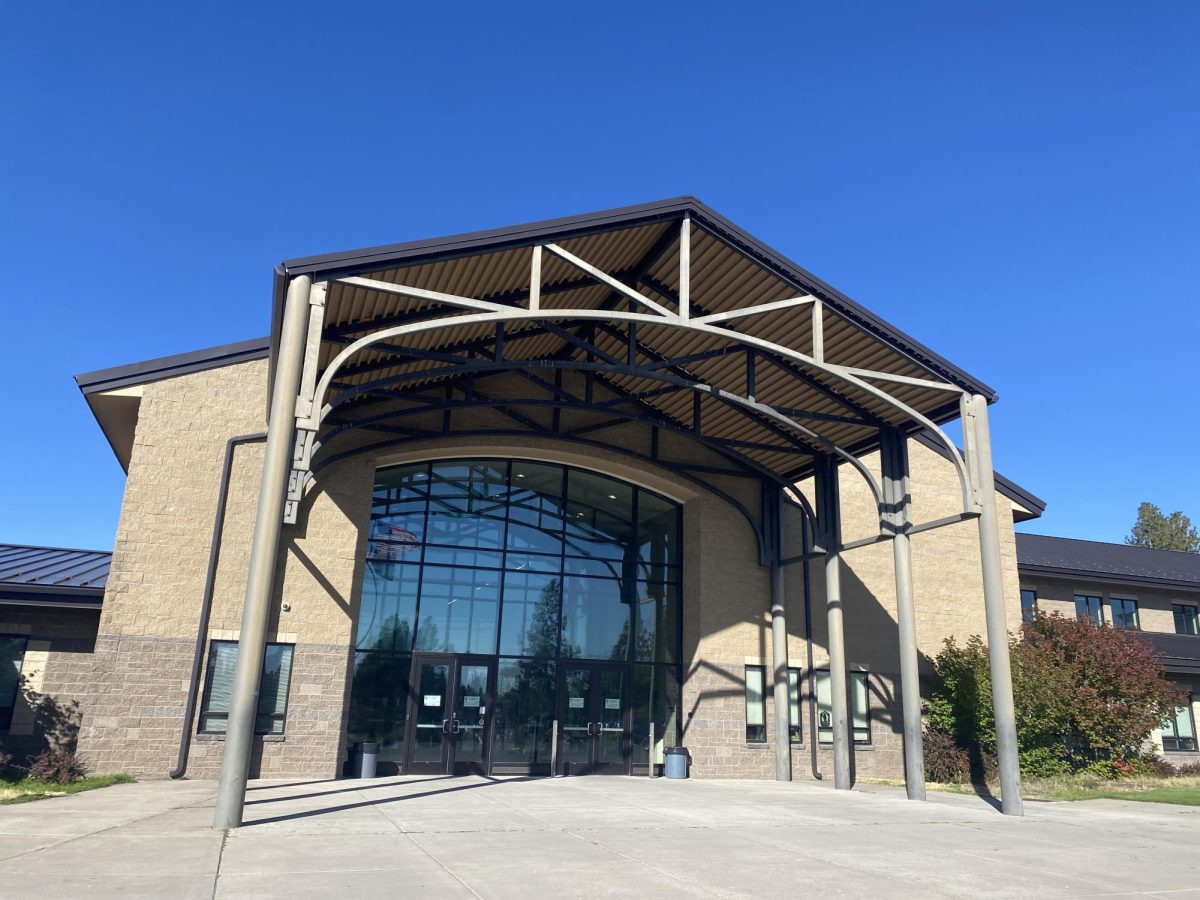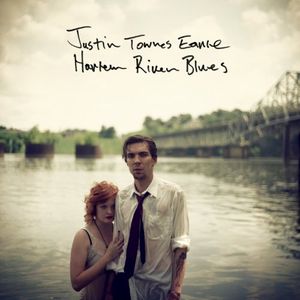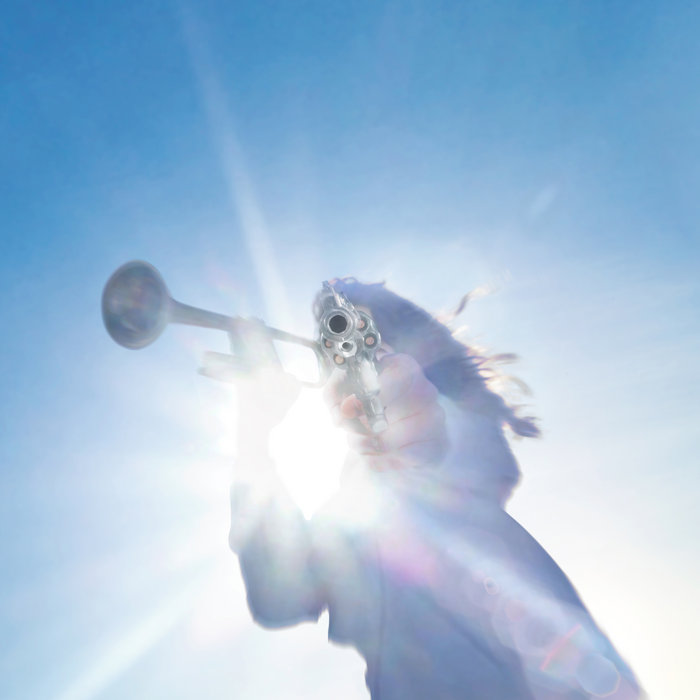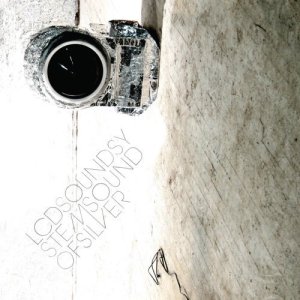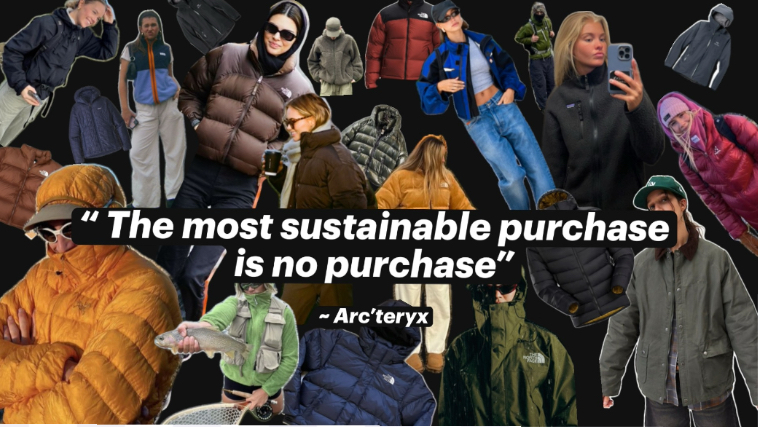Gorpcore is taking over, especially in the Pacific Northwest, and for many of us, it’s hard not to question. Gorp, short for “good old raisins and peanuts,” refers to the reliable and nutritious trail mix beloved by hikers—but now, it’s also an up-and-coming sustainable fashion trend. As the Granola aesthetics’s younger sibling, Gorpcore is a love letter to practicality and utilitarianism, embracing muted tones, baggy clothing, and durable, water-resistant fabrics. Think mixed textures and a surplus of pockets.
However, while Gorpcore thrives, it’s not without skepticism. Living in Bend, where the outdoorsy lifestyle is practically a religion, you can’t walk around without spotting someone sipping an oat milk latte in a Patagonia jacket worth hundreds of dollars. The sight of these now luxury environmental brands, worn while working remotely or running errands, poses the question: Is Gorpcore just an aesthetic or a reflection of a larger shift towards outdoor commitment and sustainable living?
Brands like North Face, Arc’teryx, and Patagonia have undeniably capitalized on the trend. They’ve become staples, not just for climbers and skiers but also for typical urban residents, raising questions about authenticity. If you’re not trekking through the wilderness, are you really part of the Gorpcore movement, or are you just wanting to wear the badge? Nola Stryker, junior at Summit, avid mountain biker, skier and overall wilderness enthusiast explained her thoughts on local culture influencing the way she chooses to dress. Functionality and fashion, according to her, isn’t about looking outdoorsy but about ensuring the clothes serve a purpose.
“I think people should wear what they wear,” Stryker emphasized. “But it also has to mean something to you, more than just a look.”
While Gorpcore embraces utility, there’s a lingering concern about the true sustainability of the trend. Unlike the Granola trend of the past, which relied on second-hand clothing and thrifting, Gorpcore encourages people to buy new wilderness gear. Often coated in water-resistant chemicals like pre and polyfluoroalkyl substances (PFAS) and polyfluoroethylene (PFTs). These “forever chemicals” are designed to last you — but they’re lifespan is much longer than just the amount of time you have that jacket for. PFAS and PFTs are the same materials used in nonstick pans, and have been known to link to various health risks, including cancer. Despite growing backlash from environmental groups like Greenpeace, many brands have struggled to fully remove these chemicals from their products. While some companies pledged to eliminate them by 2020, most have now extended that deadline to 2025.
There’s irony in how something that promotes outdoor living can be so harmful to the planet. The fashion industry is one of the largest contributors to environmental damage, and even brands like Patagonia, with reputations built on sustainability, are definitely not immune to this criticism. Though Arc’teryx, The North Face and Patagonia have made efforts to refashion old gear, and promote reuse, the fact that they continue to produce new items contributes to waste. So, when someone is walking down the street in a $600 Arc’teryx jacket, it’s hard not to wonder: When did dressing for nature become more about status than sustainability?
Part of Gorpcore’s rise can be attributed to a larger fashion movement, as trends shift to more eco-friendly designs. Especially with the pandemic forcing people outside, it rebuilt an appreciation for nature in those who otherwise wouldn’t care. But as we spend more time outside, the line between outdoor gear and high fashion has begun to blur. North Face recently collaborated with designer Cecilie Bahnsen for Paris Fashion Week, using athletes like Olympic silver medal climber Brooke Rabotou as runway models. This show most definitely symbolizes the crossroads of practicality and luxury. While these collaborations help the brands reach new audiences, they also raise questions about the authenticity of the movement. Are people simply buying into the next trend?
In a place like Bend, outdoor culture feels much more genuine, it’s easy to see why Gorpcore has gained traction. But the bigger question is whether the trend will have lasting impacts beyond its current aesthetic appeal. As we become more conscious of our environmental footprint, it’s clear that Gorpcore, like many of the trends before it, faces the challenge of aligning its message with its methods.


